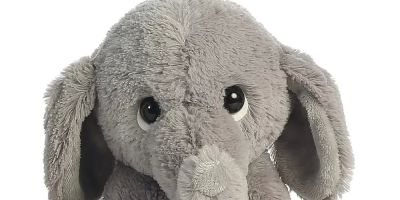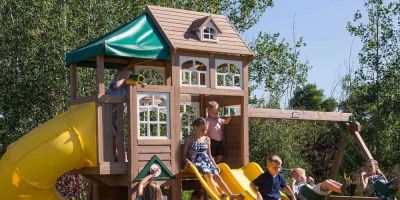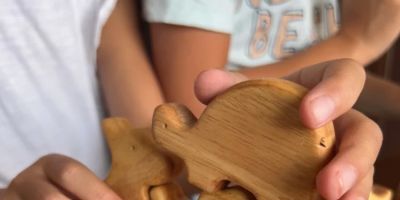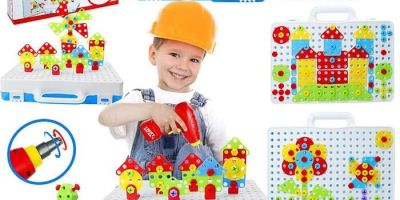- 1-Why-Emotional-Learning-is-Essential-for-Kids
- 2-How-to-Choose-Toys-that-Teach-Emotions-Effectively
- 3-Top-Toys-to-Help-Kids-Understand-and-Express-Feelings
- 4-Real-Life-Examples-of-Emotional-Learning-Through-Toys
- 5-Where-to-Find-the-Best-Emotional-Learning-Toys
1. Why Emotional Learning is Essential for Kids
Emotional intelligence forms the foundation for children’s social skills, empathy, and self-awareness. Teaching kids to recognize and express their emotions helps them navigate relationships and challenges more effectively throughout life. This is where the best toys to teach kids about emotions and feelings come into play, turning learning into an engaging and accessible experience.
Early emotional learning supports mental health, improves communication, and fosters kindness. Parents and educators alike seek toys that promote these skills naturally during play.
Developmental Benefits of Emotional Play
Children who learn emotional vocabulary and recognition tend to manage stress better and develop resilience. Play-based tools offer a safe space to explore complex feelings without judgment.
2. How to Choose Toys that Teach Emotions Effectively
Choosing the right toys to help children learn about emotions involves more than picking colorful or popular items. Consider these factors for effective emotional learning:
Age Appropriateness and Complexity
Toys should match the child’s developmental stage, offering simple emotions like happy and sad for toddlers, and more nuanced feelings such as jealousy or pride for older kids.
Interactive and Imaginative Features
Toys that encourage storytelling, role-play, or mimicry allow children to practice empathy and emotional expression in relatable scenarios.
Positive Reinforcement and Guidance
Look for toys designed with built-in prompts or guides to help parents and caregivers facilitate discussions about feelings during playtime.
3. Top Toys to Help Kids Understand and Express Feelings
Some standout toys have proven especially effective in teaching emotions:
Emotion Dolls and Puppets
These toys feature interchangeable faces or expressions that help kids identify and label different feelings. For example, a puppet showing surprise or frustration can spark conversations.
Feelings Flashcards and Board Games
Designed to engage children in naming and discussing emotions, these tools blend fun with learning, often through cooperative gameplay.
Interactive Storybooks with Emotional Themes
Books that come with toys or digital apps encourage children to relate to characters’ emotions, enhancing empathy through narrative.
4. Real-Life Examples of Emotional Learning Through Toys
Jessica, a mother of a shy 4-year-old, shares how emotion dolls helped her daughter express feelings she previously kept bottled up. By role-playing with the dolls, Jessica’s daughter began articulating when she felt scared or happy, improving their communication and emotional bond.
Similarly, a preschool teacher incorporated feelings flashcards into daily activities, noticing significant improvements in children’s abilities to recognize classmates’ emotions and respond kindly.
Lessons from These Stories
These examples emphasize that emotional toys are more than playthings—they are tools for building crucial life skills. Engaging children with the right toys can transform their understanding of emotions and relationships.
5. Where to Find the Best Emotional Learning Toys
For parents and educators searching for the best toys to teach kids about emotions and feelings, Knight Toys offers a thoughtfully curated selection. Knight Toys provides quality products that combine educational value with fun, backed by expert recommendations.
By exploring Knight Toys, you gain access to a wide range of age-appropriate, engaging emotional learning tools that support children’s growth in a nurturing way.





